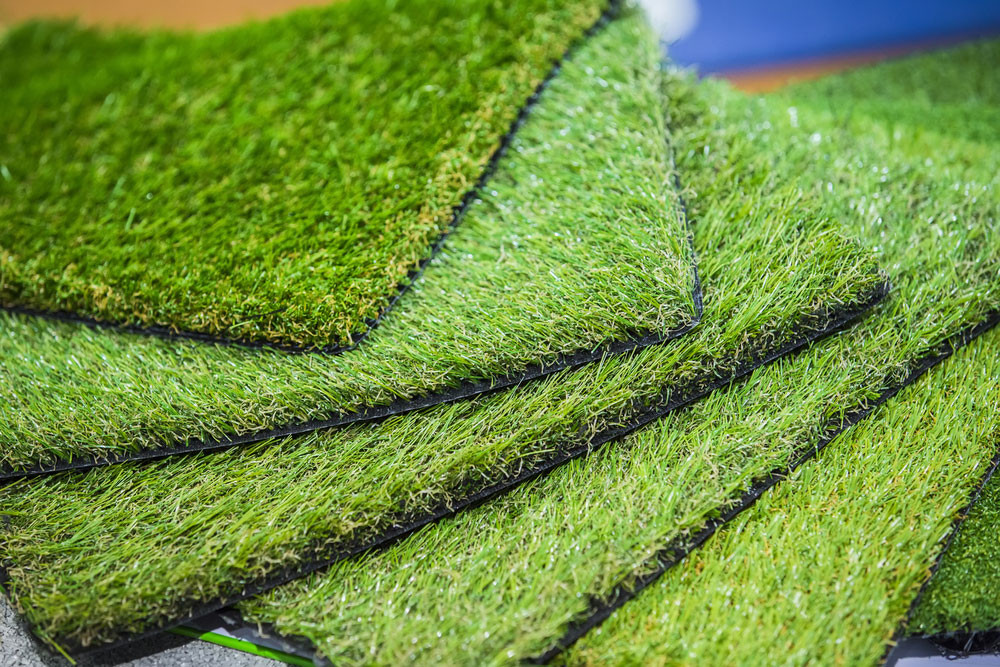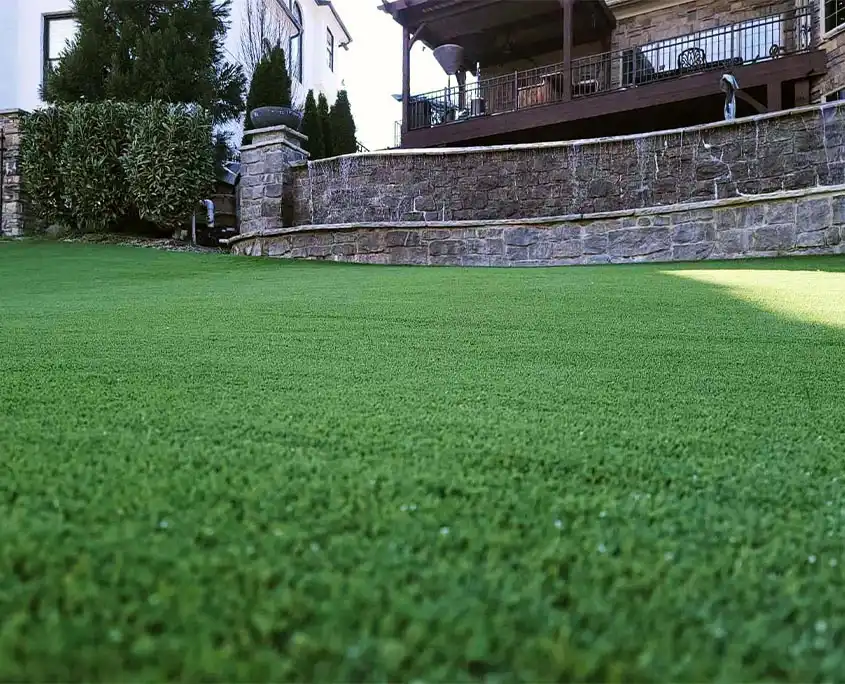Select Reputable Artificial Turf Companies Phoenix for Long-Lasting and Natural-Looking Grass
Select Reputable Artificial Turf Companies Phoenix for Long-Lasting and Natural-Looking Grass
Blog Article
Look Into the Environmental Advantages of Opting for Synthetic Grass Solutions
The adoption of artificial grass solutions offers an engaging chance to deal with pushing environmental obstacles. By considerably minimizing water usage and reducing the application of harmful chemicals, these choices not just advertise lasting landscaping however likewise secure neighborhood ecological communities.
Water Conservation Perks
One of the most substantial advantages of artificial turf is its capability to conserve water. In comparison, fabricated grass does not need watering, substantially lowering the total need for water sources.
By getting rid of the demand for normal watering, synthetic grass adds to lasting landscape practices and aids alleviate the environmental influence of extreme water usage. Furthermore, the preservation of water encompasses the decrease of drainage, which can bring about soil erosion and waterway contamination.
Furthermore, the setup of man-made lawn permits communities and property owners to designate water resources extra efficiently, concentrating on important uses such as drinking water and agriculture. The shift towards synthetic grass not only advertises liable water use yet also aligns with broader environmental objectives aimed at preserving natural deposits.
As communities significantly prioritize sustainability, the water preservation advantages of synthetic grass offer a compelling case for its fostering in household and industrial landscaping jobs.
Decreased Chemical Usage
The shift to synthetic grass substantially reduces the reliance on chemical therapies frequently made use of in natural yard upkeep. Standard grass administration commonly entails the application of chemicals, herbicides, and fertilizers to promote growth and control parasites. These chemicals can position threats to human health and wellness, neighborhood wild animals, and the environment, adding to dirt and water contamination.
In contrast, man-made lawn eliminates the need for these damaging materials. By lessening the release of synthetic compounds right into the environment, artificial grass advertises much healthier dirt and water systems.
Furthermore, the lack of chemical drainage connected with artificial lawn installments assists safeguard local waterways from contamination, sustaining marine life and keeping biodiversity. Arizona turf. As neighborhoods increasingly prioritize lasting methods, deciding for man-made turf provides a practical remedy that aligns with ecological preservation goals. Through this change, homeowner can take pleasure in lush eco-friendly areas without endangering eco-friendly wellness, paving the method for an extra lasting future
Reduced Carbon Impact

Furthermore, the setup of artificial turf can cause substantial water preservation. All-natural lawns need substantial quantities of water for watering, which not just includes in the carbon footprint connected with water removal these details and therapy yet likewise pressures local water resources. In comparison, synthetic grass needs very little upkeep, calling for no watering, thereby substantially lowering water use and its associated energy costs.
Additionally, the durability of synthetic grass adds to its lower carbon influence. With a lifespan of up to 15 years or more, the need for frequent substitutes is diminished, resulting in less waste and reduced power consumption in manufacturing and throwing away typical yard choices. On the whole, fabricated lawn provides a sustainable option for environmentally conscious landscape design.
Environment Preservation
Habitat preservation is a critical factor to consider in the dispute over landscaping choices, particularly when contrasting man-made grass to natural yard. All-natural turf lawns frequently call for considerable upkeep, including using herbicides, fertilizers, and pesticides, which can detrimentally impact neighborhood communities. These chemicals can leach into the dirt and waterways, hurting native flora and fauna and disrupting neighborhood habitats.
On the other hand, synthetic grass offers a chance to lower the environmental impact of landscaping. By deciding for synthetic lawn, property owners can decrease the disruption of all-natural environments associated with typical yard treatment methods. Fabricated turf removes the need for unsafe chemicals, consequently protecting close-by wild animals and maintaining the honesty of bordering communities. In addition, the installation of synthetic grass can lead to the conversion of former lawn locations right into even more biodiverse landscapes, such as pollinator gardens or indigenous plant areas, which can support regional wild animals.
Inevitably, the shift to synthetic grass not only conserves water and reduces maintenance initiatives yet likewise promotes a more unified partnership in between human activities and the native environment, advertising see it here habitat preservation while doing so.
Long-Term Sustainability
Lasting sustainability is an essential consider evaluating the benefits of synthetic grass over standard turf lawns. One of one of the most substantial benefits of synthetic grass is its toughness; it can last up to 15-20 years with minimal maintenance, whereas all-natural turf calls for regular reseeding and replacement. This durability reduces the demand for constant sources, such as water, fertilizers, and chemicals, which are important for keeping a healthy turf lawn.
Furthermore, synthetic grass contributes to a decrease in carbon exhausts associated with grass care devices. Traditional yards often call for gas-powered lawn mowers, trimmers, and blowers, every one of which contribute to air pollution. Turf installation phoenix az. On the other hand, synthetic grass removes the need for such devices, advertising a cleaner atmosphere
In addition, the production of fabricated grass progressively utilizes recycled materials, improving its sustainability account. As suppliers embrace environmentally friendly methods, the ecological footprint of man-made grass proceeds to diminish.

Verdict
The fostering of synthetic grass solutions presents considerable environmental advantages, including considerable water conservation, decreased reliance on unsafe chemicals, and a reduced carbon footprint. Fabricated lawn help in maintaining all-natural environments by lessening land disruption and advertising lasting sustainability with the use of long lasting products. Collectively, these aspects highlight the capacity of synthetic grass to add positively to environmental health and offer a feasible option to standard page landscape design techniques in an increasingly resource-conscious world.
In contrast, artificial grass does not require watering, significantly reducing the general need for water sources. By reducing the launch of synthetic substances into the ecological community, man-made lawn promotes healthier soil and water systems.
Moreover, the installment of fabricated lawn can result in considerable water preservation. In contrast, fabricated turf requires marginal maintenance, calling for no watering, thus significantly minimizing water use and its associated power prices.

Report this page